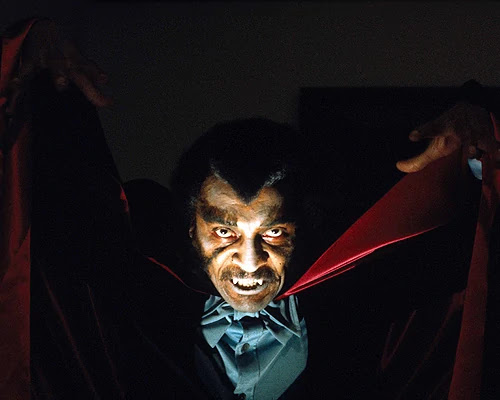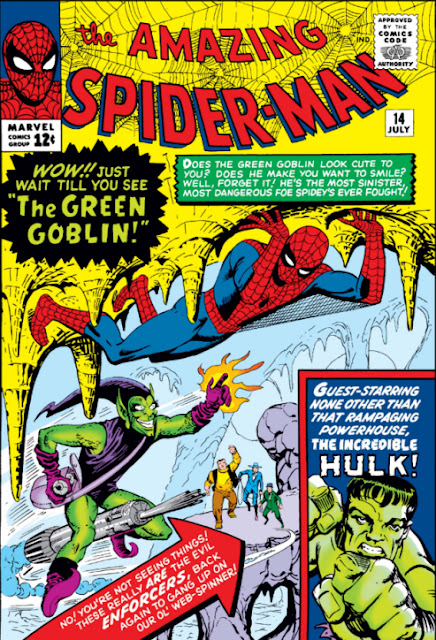When I began blogging about LORD OF THE RINGS, I specified that, for space reasons, I wanted to concentrate on the most mythic aspects of each of the three parts. And thanks to taking that angle, I found it fascinating that the last section, RETURN OF THE KING, feels like the least mythic book.
I don't mean that there's anything in RETURN that precisely compromises the amazing vision of Tolkien's world, which was, as he mentioned, a "subcreation," an attempt to create a world like our own but according to its own internally consistent rules. But one of the rules that Tolkien sets down is that the Age of Middle-Earth is fated to come to an end, and to be succeeded by the Age of Men. The latter is more or less our own profane world, bereft of such extraordinary entities as ents, elves, dwarves and hobbits, though also missing the orcs and trolls. Tolkien clearly believed that the real world was under the aegis of Judeo-Christian authority, but this had or has nothing to do with the fantastic mythology of gods and demons given full expression in THE SILMARILLION, sort of the Middle-Earth Bible.
However, the first two parts of the trilogy are the ones in which the author lavishes loving detail upon all of his fictional entities. RETURN, instead, must be devoted to wrapping up all the multifarious plot-threads, so there's not a lot of subcreation going on there. Instead, though Tolkien means to have good win out over evil, he was absolutely determined not to show the victory as having no cost for the representatives of good. While RINGS is not an allegory for the reasons the author himself discussed, there's little question that for RETURN he drew upon his own experiences in World War One, particularly the harrowing Battle of the Somme. War is endless misery even for the noble-hearted. That said, since I never identified with Frodo's buddies Merry and Pippin-- who have parallel experiences in the field, one with King Theoden and the other with Faramir-- these sections were a slog for me. Even Gandalf in his new whiter-than-white embodiment is rather boring. About the only genuinely mythic moment in these sections is the "Macbeth" like encounter between Eowyn and the Lord of the Nazgul, where the evildoer learns that the prediction of his invulnerability to mortal men does him no good against a woman of courage. (That said, Tolkien very nearly saps Eowyn of all her symbolic depth by forging a very decorous romantic link between her and Faramir.)
In contrast, Frodo and Sam, obliged to carry the fatal Ring of Power to be destroyed in the fires of Mount Doom, are as mythic as in all their other appearances. And yet, I missed Frodo's "shadow-self" Gollum. I realize that the duo was not about to keep traveling with Gollum once he betrayed them to Shelob, and in any case Gollum had only one more plot-action to perform in the story. Tolkien needed to present readers with yet more barriers to the heroes reaching their goal, so that their success, however compromised, would not seem too easy. But the Orcs who menace the heroes are just penny-ante thugs with nothing memorable about them, certainly not their symbolic qualities.
Of course, the destruction of the Ring is one of literature's most renowned turnabouts. The heroes succeed in bringing the Ring to Mount Doom, but even a hobbit's unambitious nature cannot prevent Frodo from being seduced by the Ring's insidious power. But as Gandalf says several chapters back, Gollum has a special role to play, and his raging lust to be reunited with his "precious" both destroys the Ring and breaks the power of Sauron for good measure.
The extended coda, in which Frodo and friends return to the Shire and find it corrupted by the evil of Saruman, also takes some inspiration from Tolkien's war experiences. He was determined to show that even innocent back-country locales could be aversely affected by the tumult of armed conflict. This resolve is perfectly in tune with the verdict reached by Frodo and Sam toward the end of TWO TOWERS, where they realize that a lot of heroic stories give the heroes too easy a time rather than emphasizing what their ordeals cost them. Indeed, even after Saruman is vanquished, Frodo never really rests on his laurels, but instead passes out of Middle-Earth along with the Elves. Life goes for the hobbits and the rest of the world, though implicitly they too will pass in their time. Yet this downbeat ending does not cancel out the mythopoeic complexity of Middle-Earth, and what readers remember best is not that world's end, but the way it was "born," coming to life as no other fantasy-world ever had before.






























